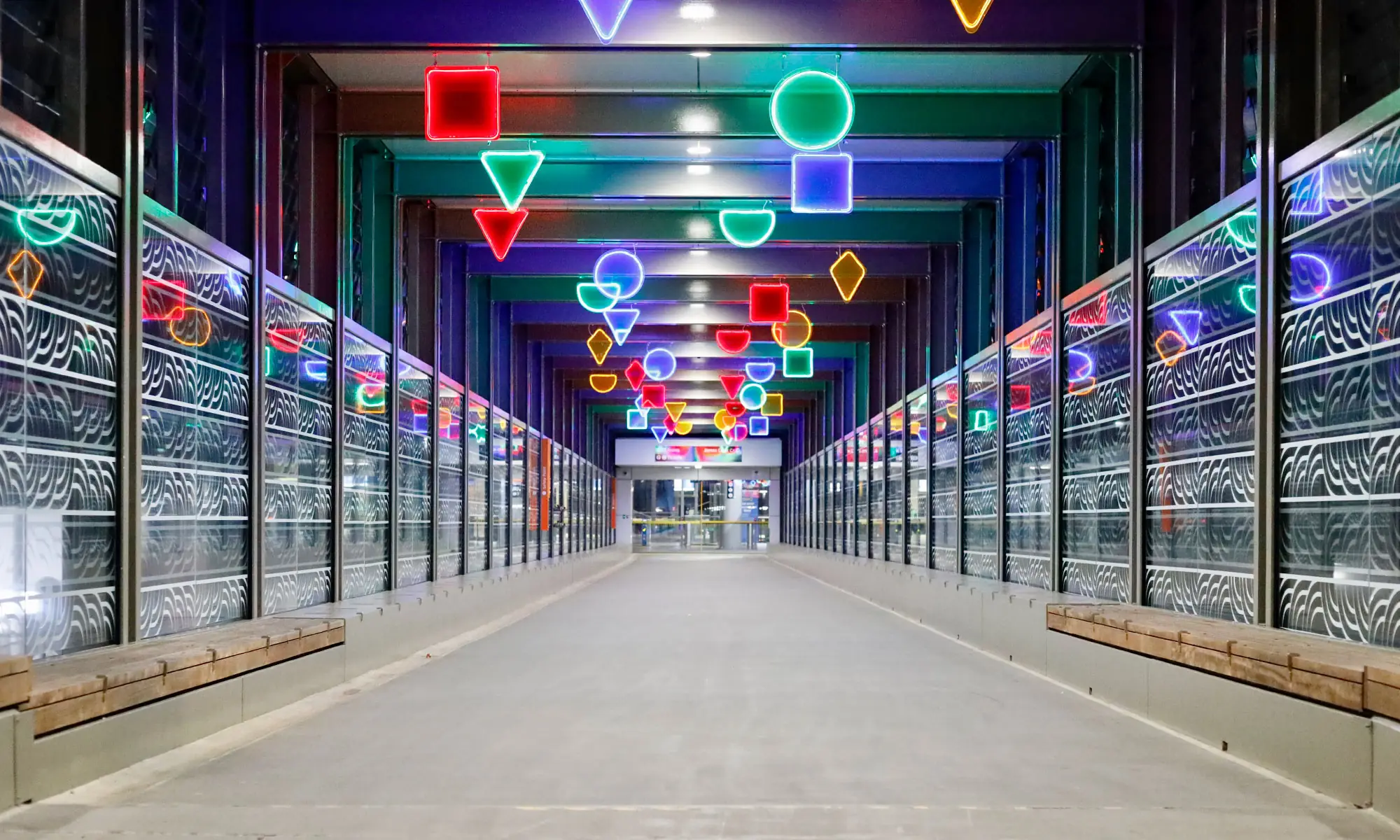
We can support commercial projects big or small, with glazing solutions for doors and windows, glass canopies, balustrades, and internal partitioning. Other services offered range from aluminium framing and fabrication through to safety inspections and reporting for renovation assessments.
We also specialise in refurbishing situations where large sections of plate glass, in difficult-to-access locations and at height, demand experienced glaziers with the necessary infrastructure to handle the demands of this type of work.
At Auckland Glass, we use advanced glass technologies for commercial projects, including energy-efficient Low-E glass for thermal performance and laminated and tempered safety glass for durability. Our smart glass offers on-demand privacy, and solar control glass reduces glare and heat gain. These innovations ensure our solutions are visually stunning, functional, and sustainable.